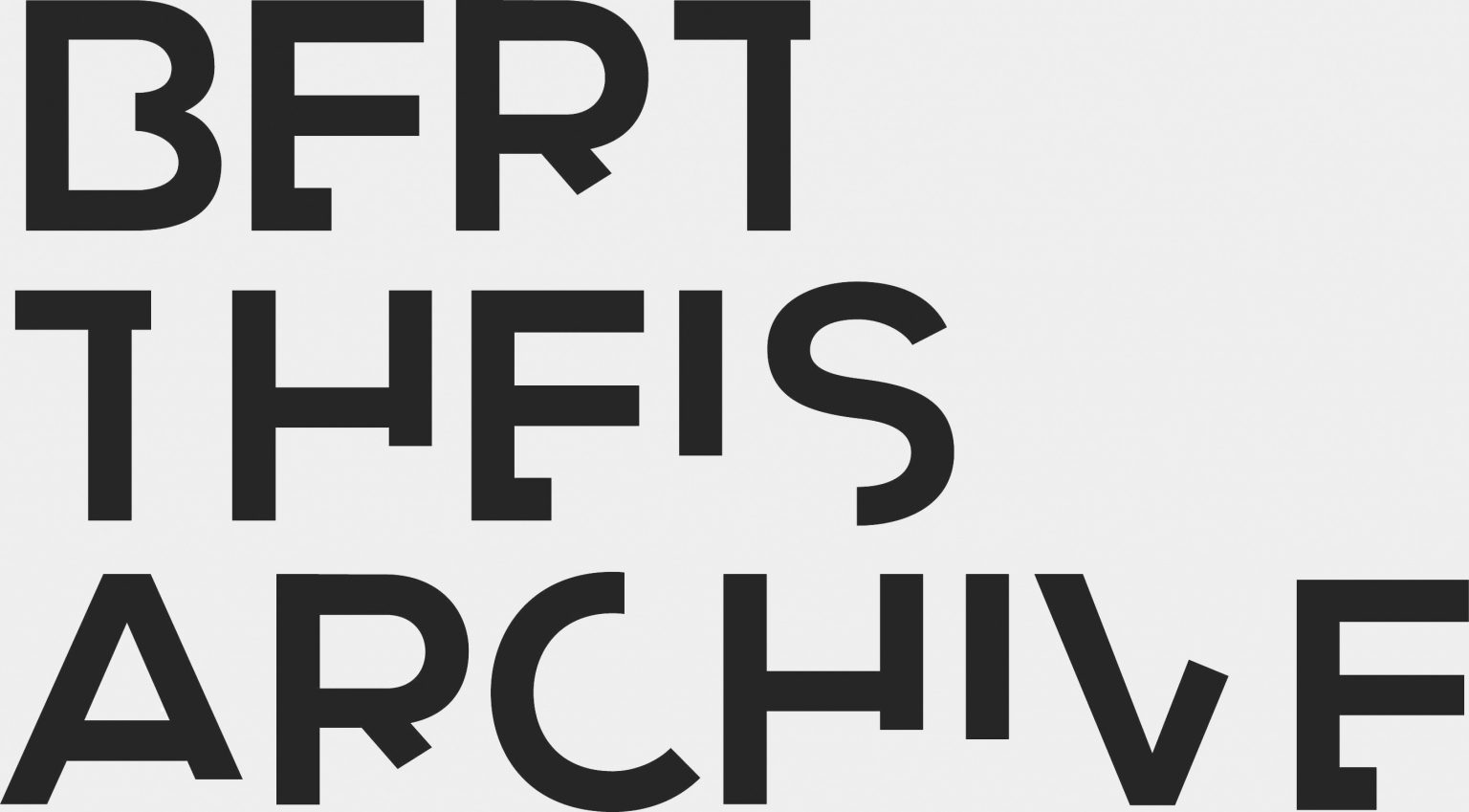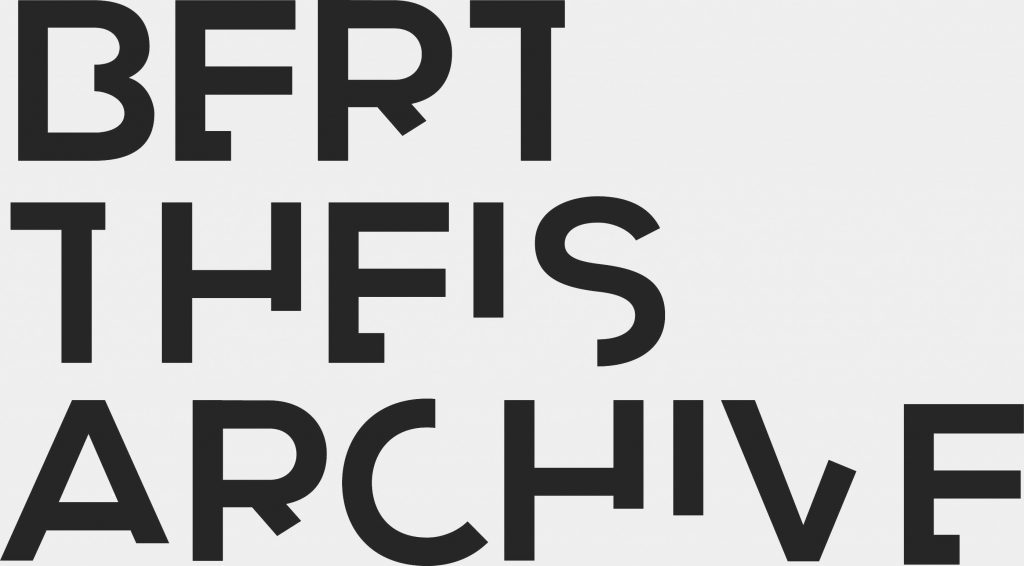Passing from metaphysics to rap music
It seems to me that nowadays the discussion about art is in relation with the old dualism opposing art and reality. Historically speaking, I am referring to the birth of modern thought which makes a complete difference between these two concepts as well as from a theoretical point of view (aesthetics as a kind of philosophy of art) and from a practical point of view (artistic work being itself the object: the autonomy of art). That’s the reason why eighty years ago Duchamp could have conceived his ready-made by introducing a real object into the metaphysical space of the autonomy of art.
These two concepts were still failing within a strict dualism from which a number of other dualisms like state-civil society, capital-working class, right-false, man -woman, useful-useless were largely derived.
To tell the truth Duchamp never failed to use this formal rigidity and also the metaphysical space as the subject of an ironical paradox. On the contrary, the system of art, which forty years ago was endowed by an outstanding enterprising mind could transform the metaphysical space of autonomy of art into a strategy, forget the irony.
By the way, what’s a system of art, if not purely and simply the transformation of a conceptual and abstract edifice into many white edifices (abstraction) and concrete edifices like the heavy bricks handled in micro and macropolitics which have the power to legitimize art.
The passage from the autonomy of art to the system of art is especially revealing, because in the first concept, the legitimization of a work of art is supported by a strong thought, that’s to say the philosophy of art and criticism; in the second case, this legitimization is no longer based on the importance of the concept, but on an efficient functioning. The museum is no more the place of mental cult, but represents nowadays the technical management of a balance sheet. That’s an outstanding, but not insignificant passage, because it clearly shows the metamorphosis of the museum as a place of uselessness and contemplation, opposed to the concrete world, into a place embodying the aspiration to usefulness; moreover this aspiration represents an objective peculiar to the whole world. At this stage, art and reality become somehow alike.
In my function as an art critic, almost singular at the moment, keeping out of the daily disputes and not well-informed about the practical choice, I behaved more like a broker than a grant-holder of the present. I bought at a reduced price what nobody else wanted, not even philosophy and strategy, and what nobody wants these days: history.
A few years ago, I published a booklet on several ‘artists-society’ whose work was based on the search for usefulness being the subject of the structural change in the artistic world. What I am calling history is in fact nothing else than the search for the necessary change and not a vague attempt at a change of which my fellow critics as well as those artists who are running after immediate and short-lived success as a karaoke success are the victims. To some extent the system of art has become nowadays ‘karaoke’ just as the economic and financial strategies of little and great importance were facing a crisis. The beginning of the 1990ties however was not only characterized by a stagnation economy, but also by a deep crisis of legitimacy. If the system of art actually aims at usefulness, we can however notice today that the accounts are in the red and that the credibility of art, unable to produce a great artist and to close down, opens up the way to the humdrum creativity, which it became in the end.
I expressed this idea on the occasion of an exhibition I recently organized in the “Open Space” of the district of Milan; this space was open for almost everyone. Today people are no longer visiting a museum to see a painting, but to make up a painting.
Here I am also buying at a reduced price. What seems interesting in my eyes, Is that the artist knows to make use, in his work, of this rupture and process and does not try by all means to find the way of an opening.
You will certainly ask from which point of view I am speaking? As the world is the same everywhere, where is your chair? And your pedestal? If only someone would dare to ask me this question. The answer lies in one of my short texts called “Warrant sulla storia[1]”. Nevertheless thank you to my colleagues who are doing their utmost to make me buy everything at least effort.
I am now at the border of the swimming pool and for half an hour I have been writing in a state of extreme concentration and I am not taking on my shoulders the burden of a balance sheet.
Why did I tell you this? I came to the conclusion that wanting to present the work of Bert Theis, I needed someone who could introduce me. I did this job, sketching out in few ligns my critical self-portrait which should be the portrait of criticism, of how it should be nowadays.
I placed the small mirror in this strategic place which makes up the catalogue to guide the production of Bert’s work of art. His work compelled me to do so because its reading requires the distance of criticism and history, an eye that casts a totally impartial glance.
An eye and the void are sufficient, and of course the invisible computerized Duchamp who sings to the rap to form this impalpable and blotchy identity. But this eye, invited to look and to legitimize the total absence of references and the play of forms, is the most difficult thing to achieve as criticism and art are too close to reality, and at the same time that reality becomes imaginary and hyperconcrete, everything becomes void, pure absence. In the complete absence of criticism, Bert’s merit is to attract the eye and to further the faculty of seeing. If you intend to go beyond the identity between the system of art and reality which Bert has captured in the passage on stage when Duchamp sing to rap music to landscape which looks like a work of art, you need an extra eye: the eye of lost history. In reality two eyes would be enough provided that they are interested, friendly, intelligent and loyal.
Loredana Parmesani 1995
art critic, art historian and author of many publications on contemporary art. She curated and collaborated on the realization of numerous exhibitions in Italy and abroad. She teaches at the Istituto Europeo di Design, at the Academy of Fine Arts Brera and at the Civica Scuola d’Arte drammatica “Paolo Grassi” in Milan, Italy.
- Italian : Justifiying history
Published in
“Bert Theis Potemkin Lock“, catalogue Venice Biennial 1995.

